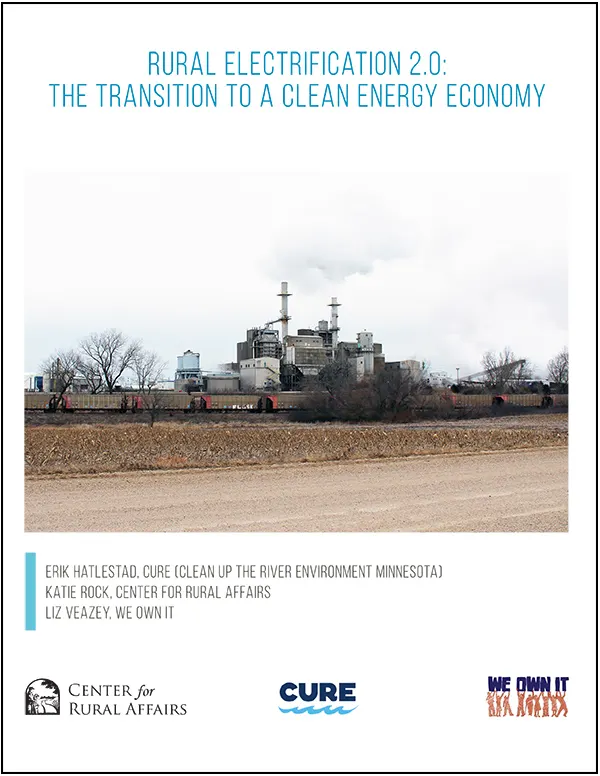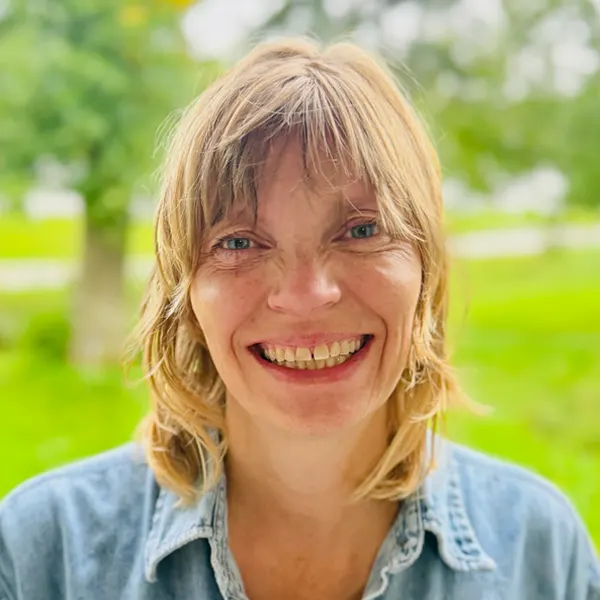Rural electric cooperatives’ loyalty to coal is holding rural America back.
The report “Rural Electrification 2.0: The Transition to a Clean Energy Economy” investigates pathways for rural electric co-ops in the Midwest to get rid of the massive debt from and burden of their coal-burning power plants.
During the 1970s, rural electric co-ops made significant investments to build coal plants; this was done in the interest of providing low-cost electricity to their member-owners. Today, the world of energy is very different and electricity from burning coal has a lot of problems, primarily that it’s really expensive and is a huge contributor to climate change.
Rural communities would benefit greatly from the opportunities presented by the growing clean energy economy. However, because of electric co-ops’ uneconomic coal-burning power plants, which can easily be called stranded assets, co-ops refuse to transition their electricity generation to renewable, community-based energy sources that would be cheaper for their member-owners and be a source of rural economic growth.
Relieving electric co-ops’ coal-debt is one way to help rural America transition to a clean energy future. Read about this in detail in the report: “Rural Electrification 2.0: The Transition to a Clean Energy Economy.”
This report was produced by CURE, Center for Rural Affairs, and We Own It in 2019.


